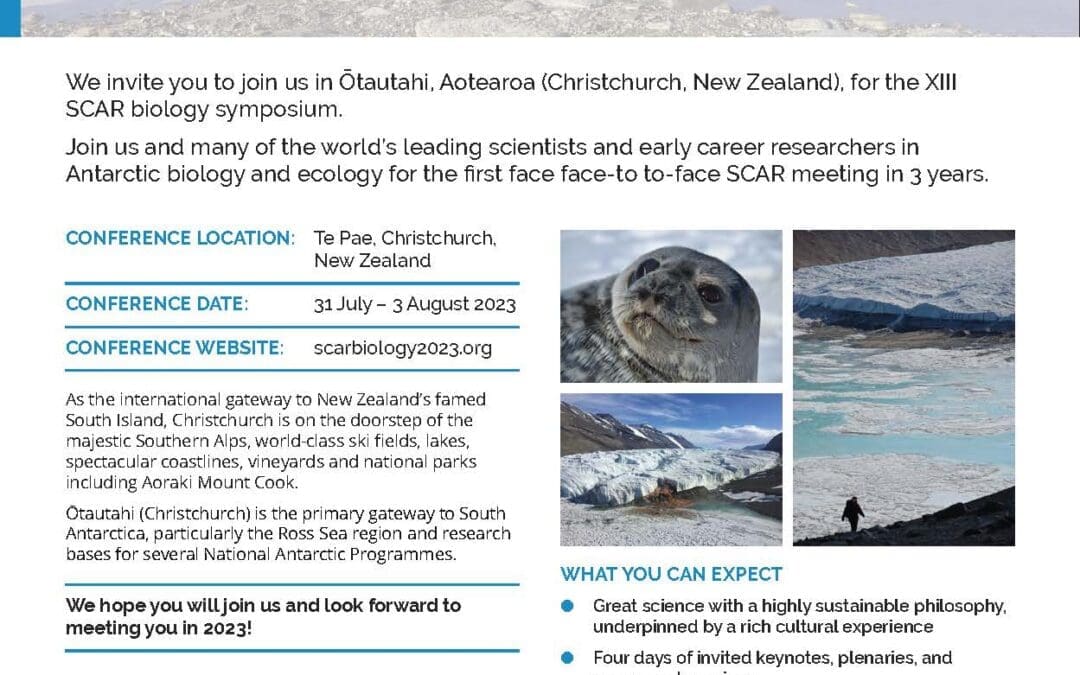
First Announcement – SCAR Biology 2023
This is the first announcement for the Scientific Committee on Antarctic Research (SCAR) Biology Symposium 2023 in New Zealand.
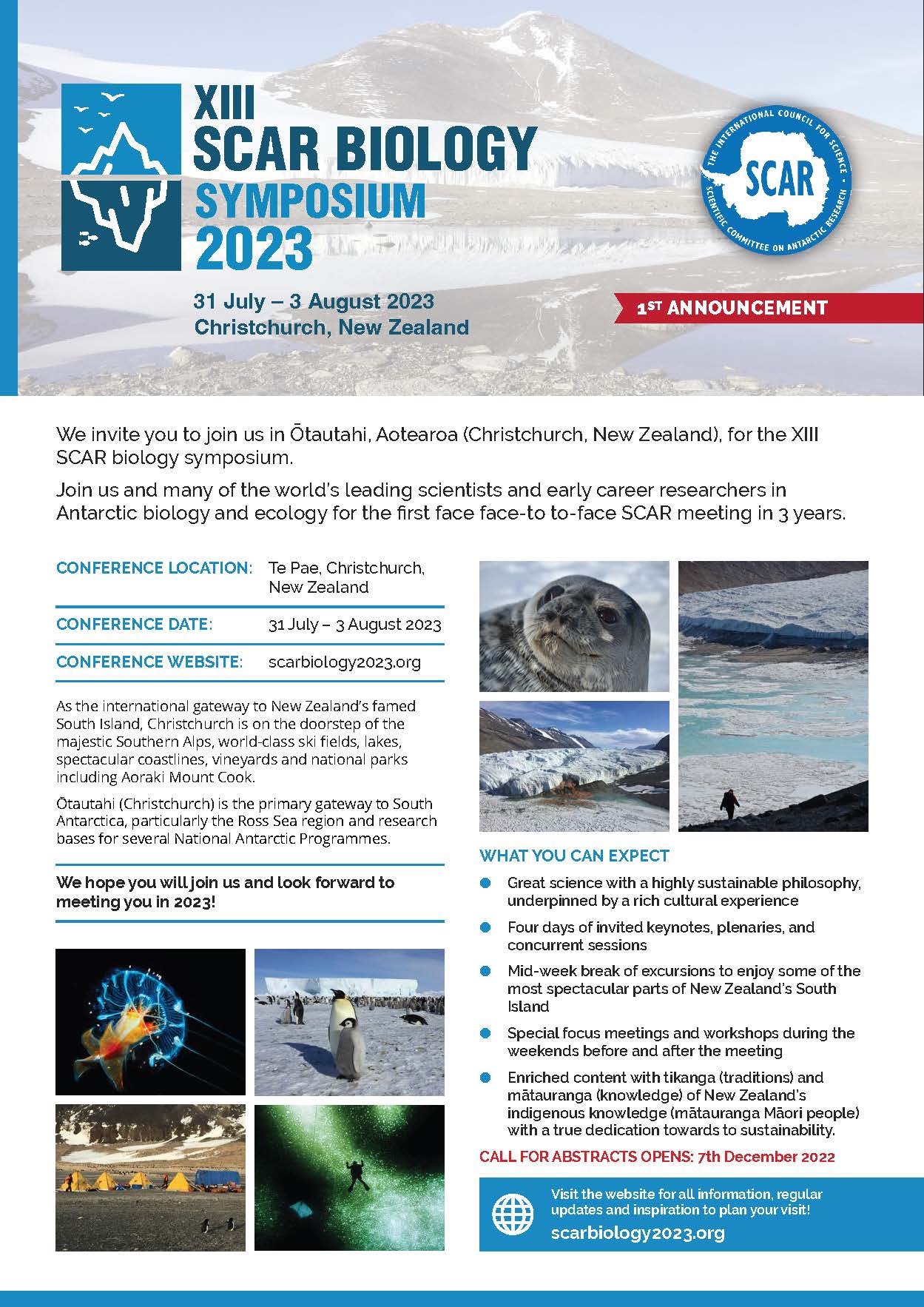
Will you be attending/presenting a paper? Let ALSA know!

This is the first announcement for the Scientific Committee on Antarctic Research (SCAR) Biology Symposium 2023 in New Zealand.

Will you be attending/presenting a paper? Let ALSA know!
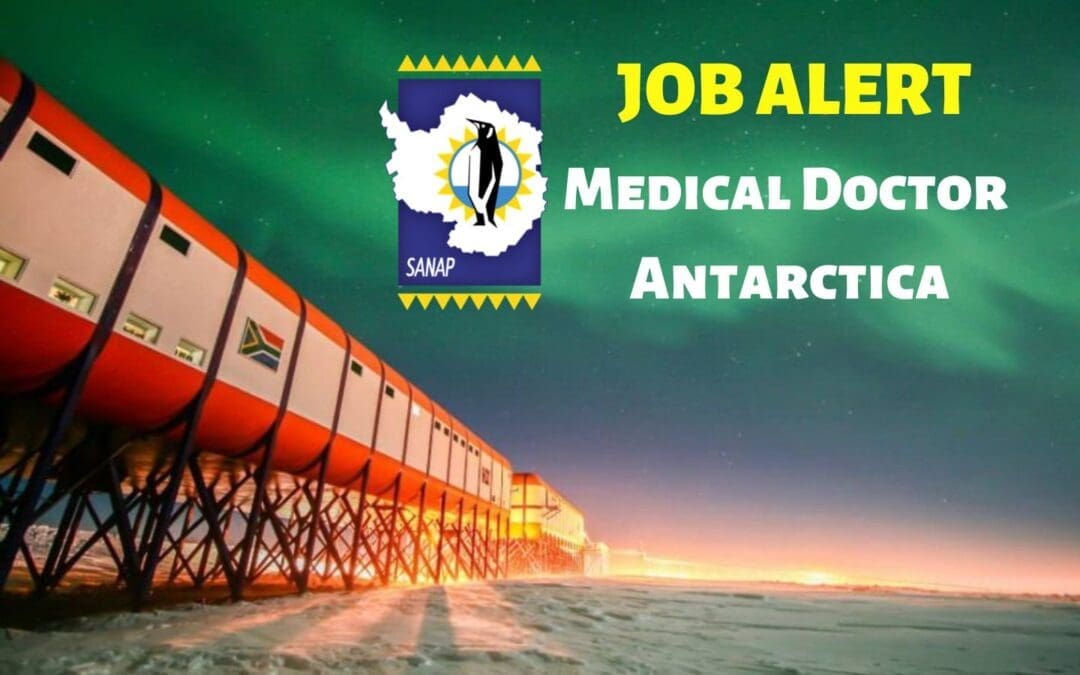
The Department of Forestry, Fisheries and the Environment is seeking a medical doctor to join the 62nd South African National Antarctic Expedition (SANAE) team.
Expedition departure (ETD): 15 December 2022
Return: February 2024
Team training starts in November 2022.
Want to know more about the job?
Meet the medical doctor of the 57th SANAE Overwintering Team (2018)
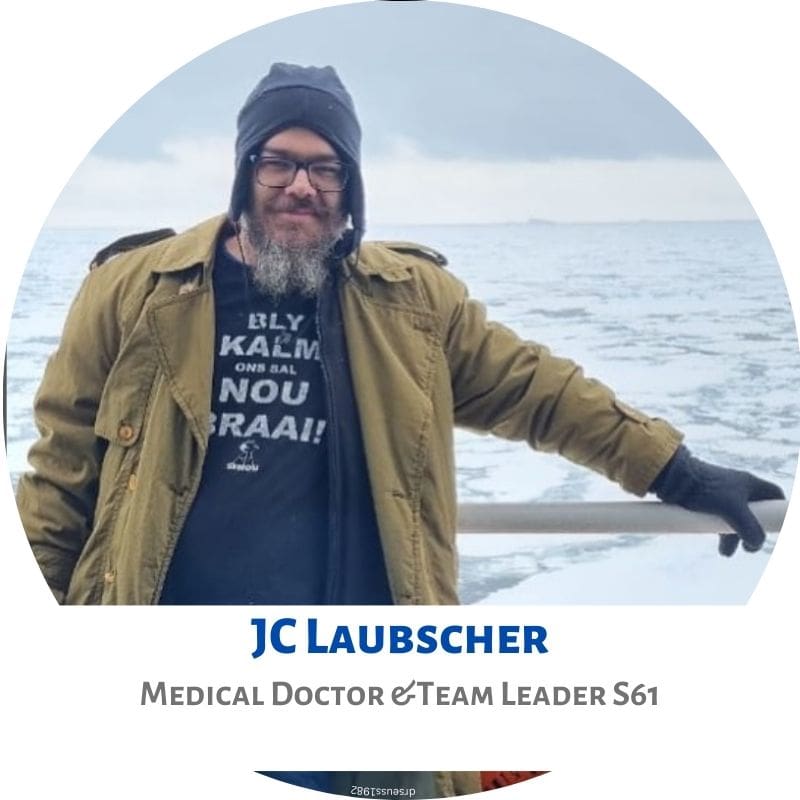 Read more about the current team at SANAE IV and meet the medical doctor of the team.
Read more about the current team at SANAE IV and meet the medical doctor of the team.
Anche Louw, Antarctic Legacy of South Africa, 18 October 2022

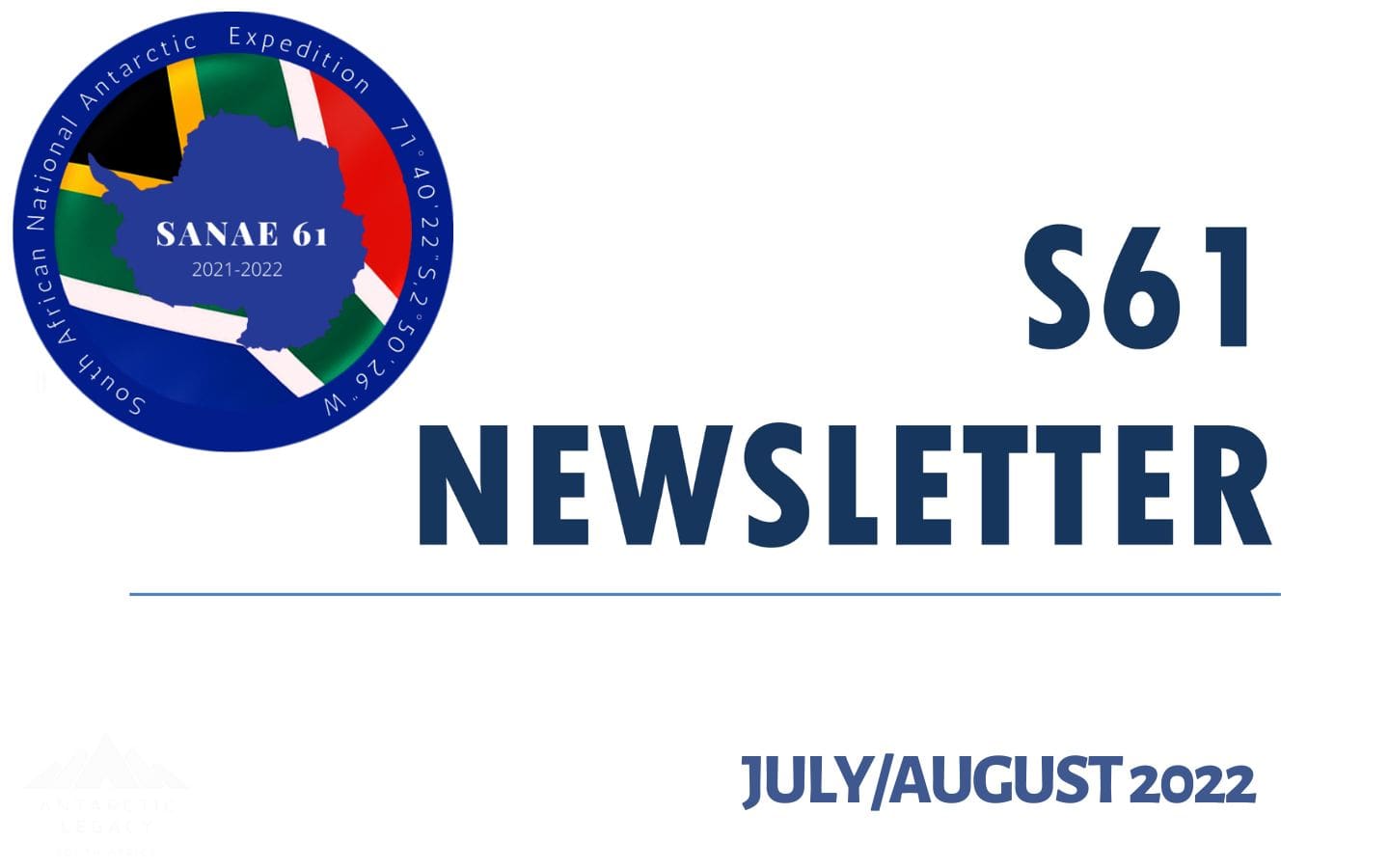

“ I think that’s the allure of this place for me – it’s that cocktail of danger, beauty, violent temperament and tranquil majesty all rolled into one”.
Click here to view all the newsletters SANAE 61 has published to this date.
Anche Louw, Antarctic Legacy of South Africa, 12 October 2022

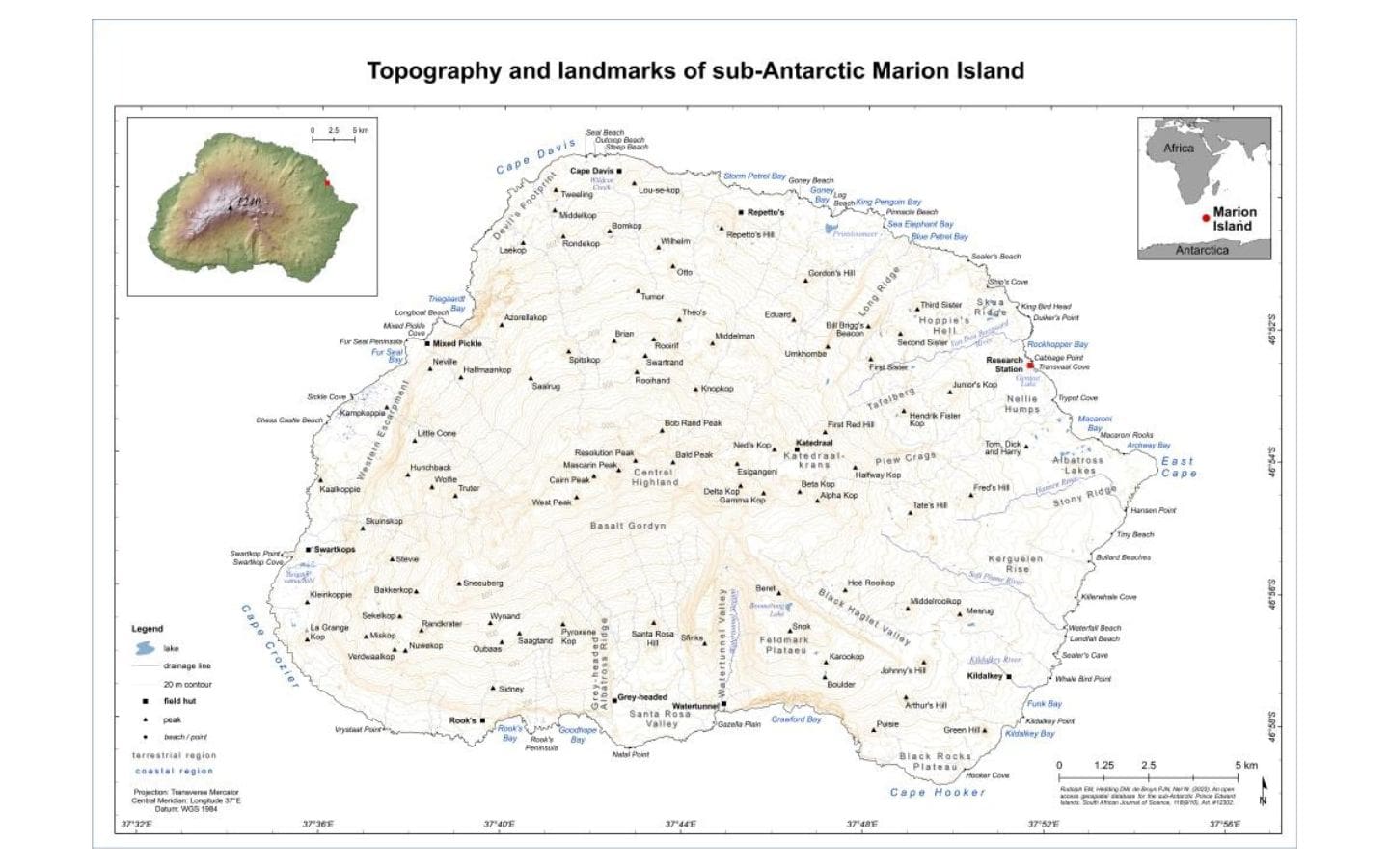
In a new publication, An open access geospatial database for the sub-Antarctic Prince Edward Islands, by Elizabeth Rudolph, David William Hedding, Nico de Bruyn, and Werner Nel, open access is given to a geospatial database for both Marion Island and Prince Edward Island.
Click here to view the full suite of data: Prince Edward Islands Geospatial Database
This paper was presented at the Scientific Committee on Antarctic Research Open Science Conference 2022, in a poster format. Click here to view the poster.
Anche Louw, Antarctic Legacy of South Africa, 06 October 2022

SAPRI – Transforming, Consolidating and Strengthening Polar Sciences
 Four new positions are available as part of the SAPRI professional development acceleration program which ties in with the SAPRI transformation drive. These positions are not the integrated facility coordinator positions, but they are growth positions within each IF. The South African Environmental Observation Network (SAEON) is a research platform funded by the Department of Science and Innovation (DSI) and managed by the National Research Foundation (NRF). SAEON is mandated to establish and manage long-term environmental observatories; maintain reliable long-term environmental data sets; promote access to data for research and/or informed decision-making; and contribute to capacity building. These positions are supported by the DSI’s South African Polar Research Infrastructure (SAPRI) programme.
Four new positions are available as part of the SAPRI professional development acceleration program which ties in with the SAPRI transformation drive. These positions are not the integrated facility coordinator positions, but they are growth positions within each IF. The South African Environmental Observation Network (SAEON) is a research platform funded by the Department of Science and Innovation (DSI) and managed by the National Research Foundation (NRF). SAEON is mandated to establish and manage long-term environmental observatories; maintain reliable long-term environmental data sets; promote access to data for research and/or informed decision-making; and contribute to capacity building. These positions are supported by the DSI’s South African Polar Research Infrastructure (SAPRI) programme.
 From SAPRI Proposal: “South Africa is in dire need of transformation and capacity development within the polar science community. A key aspect of the uniqueness of South African Antarctic science is that it is the only African country involved on the Antarctic continent, and therefore has a leadership role to play in promoting African Antarctic science. Whereas SAPRI represents the transformation of an existing system and a new way of doing, the issue of transformation along demographic criteria is pertinent for SAPRI. The SAPRI needs to develop young black and / or female scientists, technicians and engineers. Antarctic research should not only be a workspace for those who study environmental science, but also attainable to those who study engineering, social sciences, creative arts, journalism, law, finance and management. SAPRI will promote the multidisciplinary nature of research possibilities in the Antarctic sphere, expanding our reach, our research footprint and the diversity of our community.”
From SAPRI Proposal: “South Africa is in dire need of transformation and capacity development within the polar science community. A key aspect of the uniqueness of South African Antarctic science is that it is the only African country involved on the Antarctic continent, and therefore has a leadership role to play in promoting African Antarctic science. Whereas SAPRI represents the transformation of an existing system and a new way of doing, the issue of transformation along demographic criteria is pertinent for SAPRI. The SAPRI needs to develop young black and / or female scientists, technicians and engineers. Antarctic research should not only be a workspace for those who study environmental science, but also attainable to those who study engineering, social sciences, creative arts, journalism, law, finance and management. SAPRI will promote the multidisciplinary nature of research possibilities in the Antarctic sphere, expanding our reach, our research footprint and the diversity of our community.”
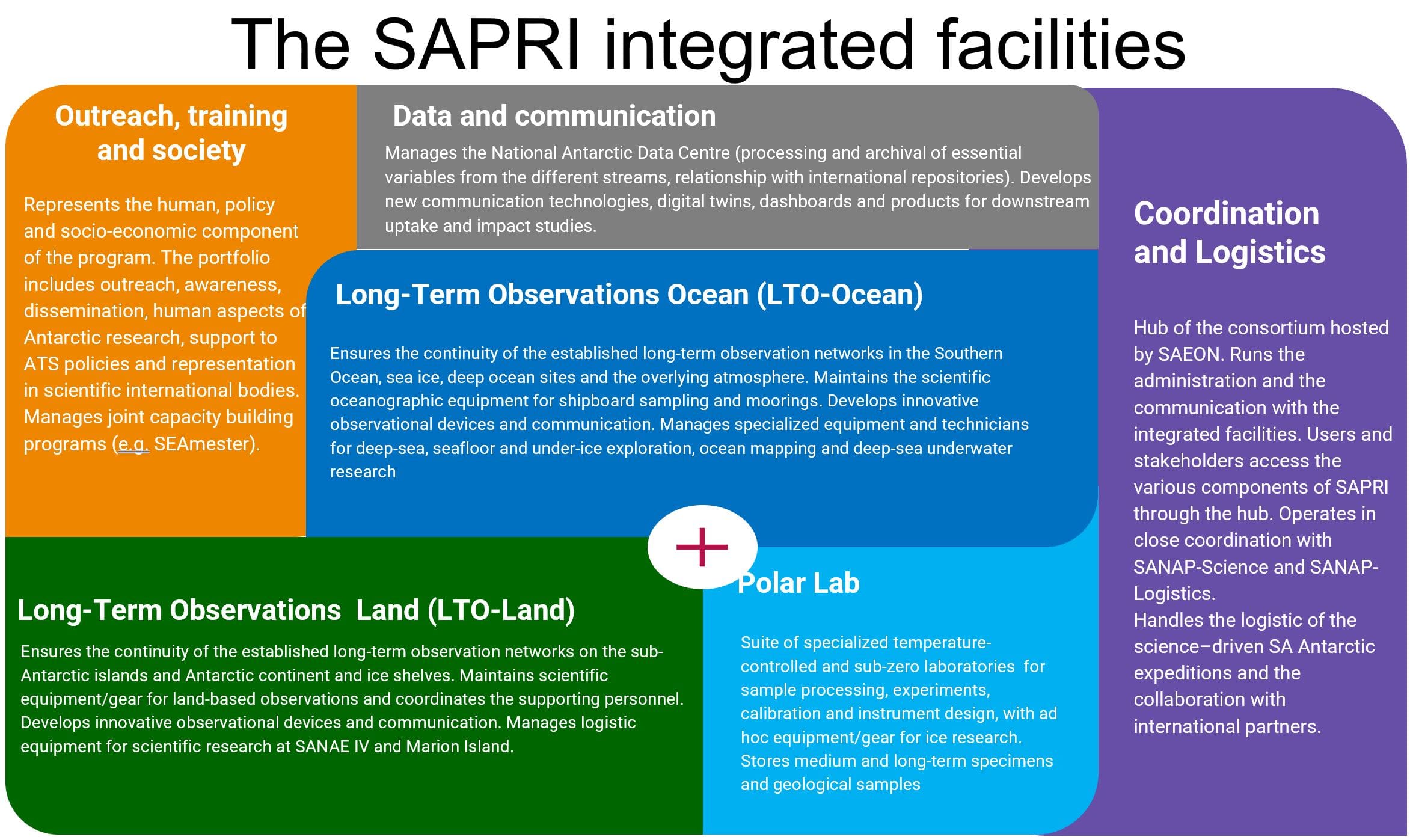 Research Coordinator – Data, Products and Society
Research Coordinator – Data, Products and Society
Research Coordinator – Oceans and Atmosphere
Research Coordinator – Polar Lab
Research Coordinator – Terrestrial
Please note SAEON/SAPRI has some data curator, ocean modelling and Senior IT systems administrator positions open, all of them can be found here.
It is important to note firstly that these are not pure academic/science positions but the aim is to train people in a broader scope of work, although there is a science component; secondly, the candidates do not have to have experience in the Southern Ocean/polar field but they do need to have experience in the relevant field.
East Pier Shed, East Pier Lane,
V&A Waterfront, Cape Town,
South Africa